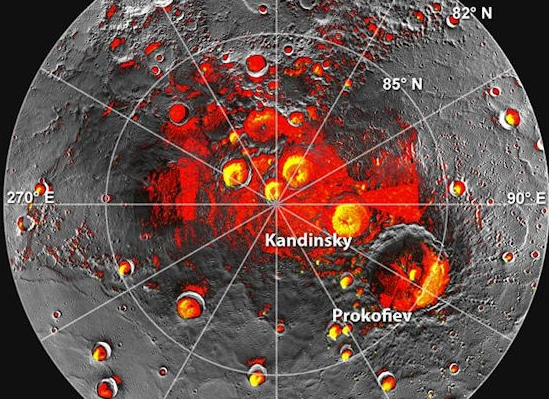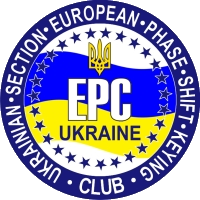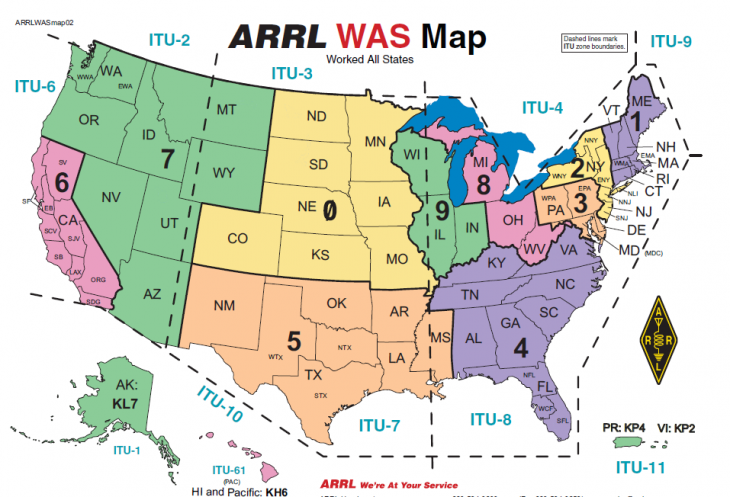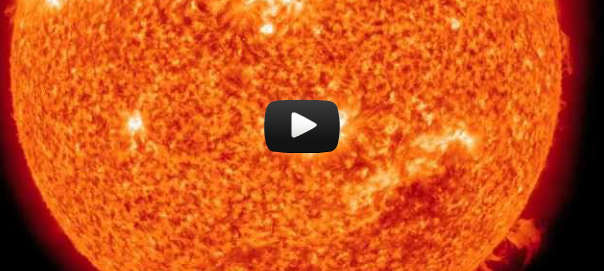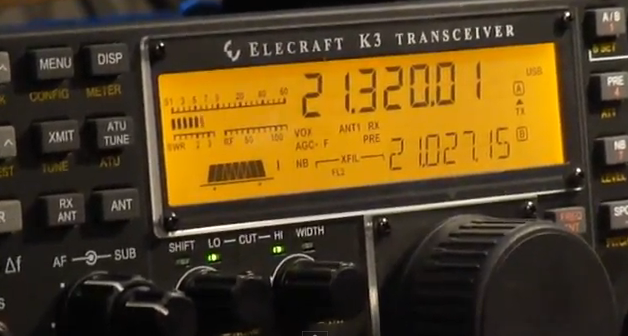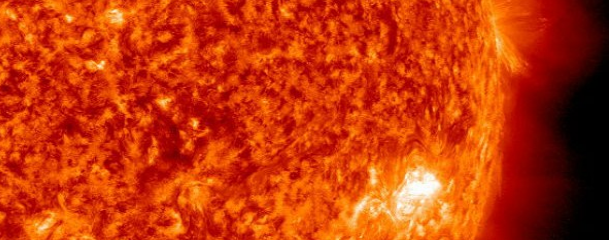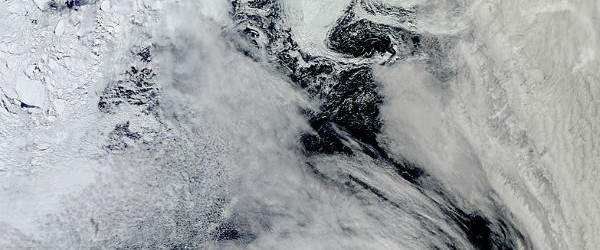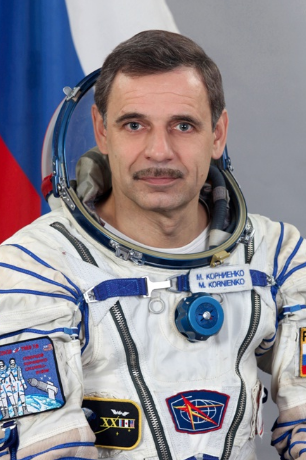New data from NASA’s MESSENGER spacecraft suggest that there’s enough ice on Mercury to encase the entire US capital !
Given its proximity to the Sun, Mercury would seem to be an unlikely place to find ice. But the tilt of Mercury’s rotational axis is almost zero — less than one degree — so there are pockets at the planet’s poles that never see sunlight. Scientists suggested decades ago that water ice might be trapped in those shadowed areas at Mercury’s poles. The idea received a boost in 1991, when the Arecibo radio telescope in Puerto Rico detected unusually radar-bright patches at Mercury’s poles, spots that reflected radio waves in the way one would expect if there were water ice. Many of these patches corresponded to the location of large impact craters mapped by the Mariner 10 spacecraft in the 1970s. But researchers weren’t sure if the radar-bright patches detected by Arecibo corresponded to shadowy places in the craters.
The image top left shows Mercury’s north pole. Red denotes areas that are in shadow in all images acquired by MESSENGER to date. (The mapping of shadows is still incomplete near the pole.) Yellow shows the locations of bright polar deposits imaged by Earth-based radar.

